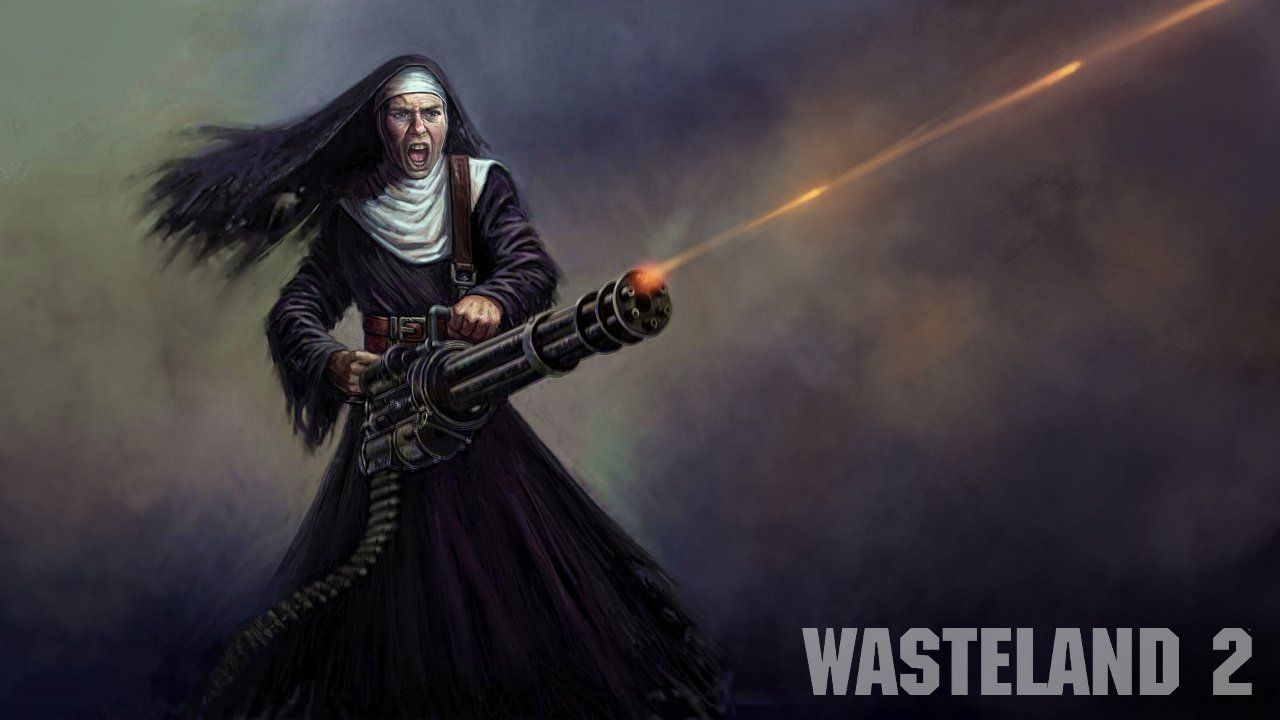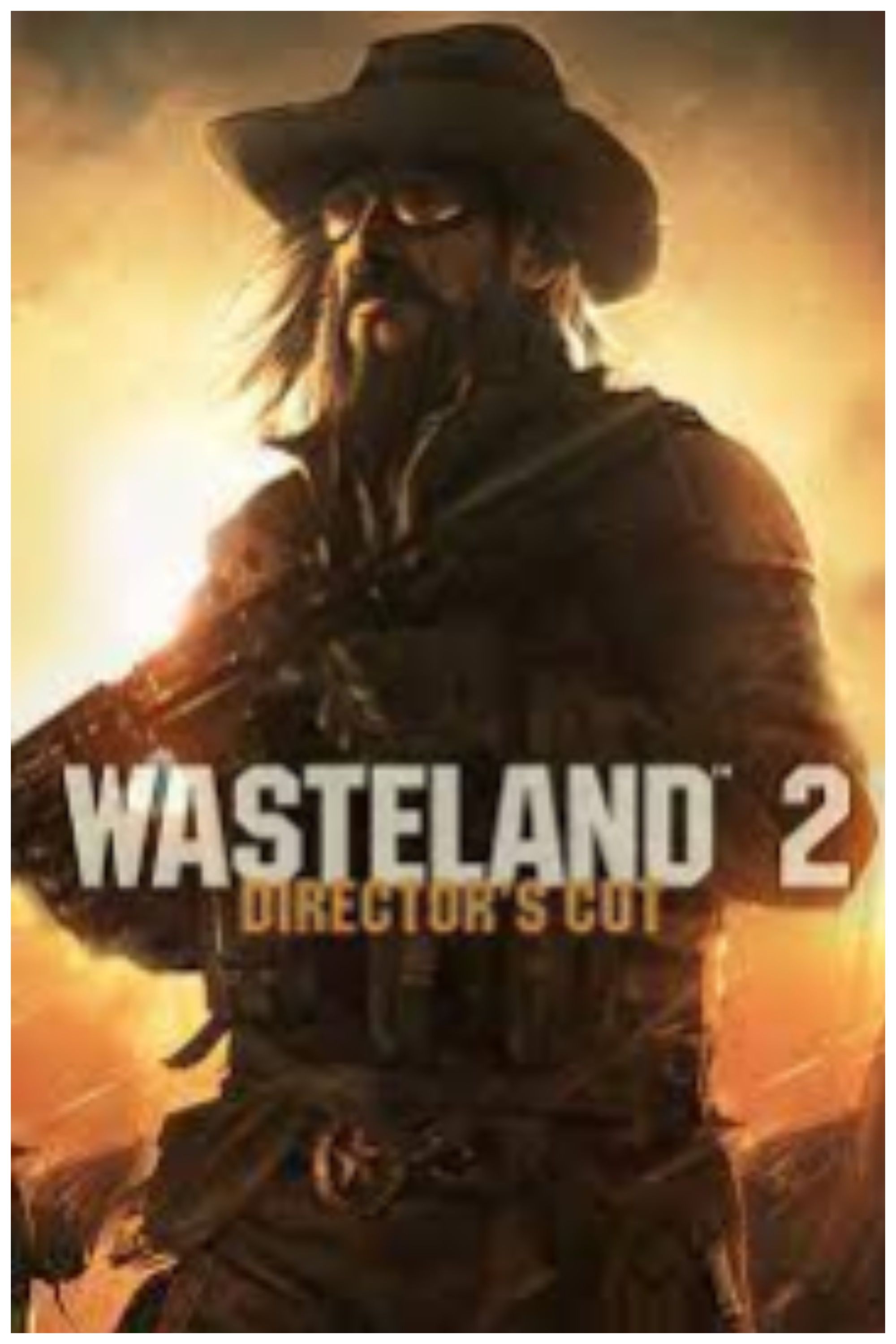Wasteland 2 is a strange game to explain, since it is the sequel to the predecessor of the classic Fallout and Fallout 2 games.
The original Wasteland was released in 1988 by Interplay, who went on to create Fallout in 1997 using much of what they learned from the former title. The narrative takes place 15 years after the events of the original.
While a majority of the game is easy to play through without knowledge of the first game, those who have will better appreciate the late-game plot threads.
You are a Ranger, a group that is relatively a police force, but truly an independent faction who only helps partnered establishments. It all begins with a murder mystery involving Ranger Ace’s death.
Your squad is sent to find out who and why, as well as complete Ace’s mission of establishing radio repeaters in major areas.
The main story has the usual set of twists and turns as you progress further into the mystery of the initial whodunit, but side quests are the real draw here.
As you discover and interact with different settlements you can partake in an election, fight mutated plants, establish peace between two tribes, and end the game early by setting off a nuclear weapon.
Most factions you come across are quite unique, with Native American tribes, synthetic cyborgs, and ultra-violent religious zealots.
Along the way you will often times make decisions that change the course of that area, and while it will have lasting effects on the locals, the major plot often goes unchanged.
Now just because the predecessor of Wasteland 2 inspired Fallout, don’t expect VATS or a third person viewpoint. This is a classic CRPG through and through, complete with very minute details in a character's skill composition.
At the beginning you can choose between pre-made characters or create your own. Initially the customization options can be overwhelming, as each skill is broken down into subsections with passive and active abilities.
Melee is split between blunt or bladed weapons while each gun type has a separate skill bar, including energy weapons. Passive skills can greatly help with lockpicking or toaster repair (actually quite helpful) but take away from investing in better combat proficiency.
I thought some of the skills listed were useless at first, but you will always come across a situation in which it would have been helpful to invest in that ability, if only to investigate this one shimmering pile of rocks. People who feel the need to have and access everything in a game be warned, you will not collect all there is in one game.
Each playthrough is very different depending on what you choose to focus on. You could go with the usual setup of a squad armed and skilled in lethal weapons, or invest in scavenging that lets you find more during your travels.
There is enough flexibility in the customization that I can change my development in a default character from a medic focused role towards a more energy weapon focused one. It takes time, as skills are only given when you level up, and the higher the skill bar, the more points that are required to progress.
This means you will have to be certain the skill tree you are choosing is one you want to dedicate yourself to, as spreading a character too far across the board will weaken the squad as a whole.
All major actions are viewed from a top down perspective that can be slightly adjusted. Combat is viewed from the same angles and is turn based, with an action bar displaying who is next up to move and attack.
Each character has a predetermined set of action points which can increase when you level up, and each action -- whether moving, using an item, or shooting -- takes up a certain amount of points.
Some characters can sprint across the field and deliver a melee attack, while others have inhibited movement and low health. No matter which squadmate you are controlling, cover is essential as it greatly increases your chance to both hit and dodge incoming attacks from the right angle.
Engaging foes in combat is the major source of expanding your arsenal, as well as experience points. However, all other actions also net you that sweet XP, whether it be healing a partner, fixing weapons, or solving dialogue-based quests.
Characters don’t auto-level; instead you are required to radio in HQ which grants field promotions. This gives you more skill points to assign to an ability bar, which also has special milestones containing smaller bonuses.
This helps with defining squad party members between who is the healer, the gunsmith, the demolition man, and the sniper. Or any other variation of roles that the vast skill tree allows for.
Porting Wasteland 2 onto consoles was a mostly successfully transition, as camera controls and movement are natural on the analog sticks of a controller.
However, during combat the game’s camera wouldn't reset to have my character as the center focus. Instead it would get hung up on the geography of the level, or just be located on the far side of the map.
Another weird misstep during combat is when I am about to begin choosing which action to perform and the text will not present the correct choice.
The most frequent example of this was my attack option being replaced with "End Turn." These were minor hiccups at most that never truly affected my enjoyment of the game, but are strange outliers in an otherwise solid port.
The varied and meaningful skill tree system is the best part, as it pushes you to create a very defined set of characters.
Assigning skill points is consequential, and while that level of permanence is not felt in the narratives decision making, the combat and unique factions you come across will be enough to push you forward.
Wasteland 2 is a great CRPG ported to consoles, and while you may find some technical hiccups, the overall experience is well worth it.








